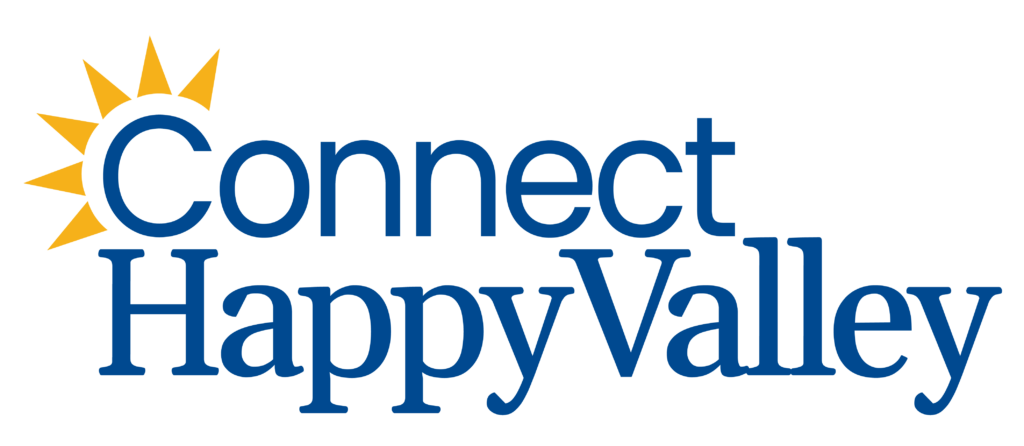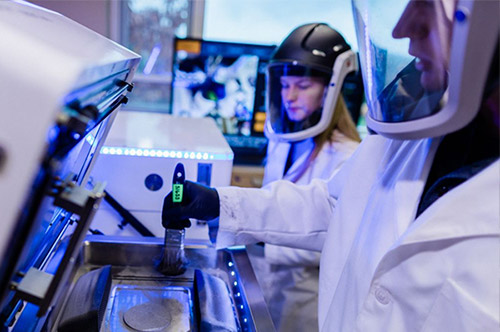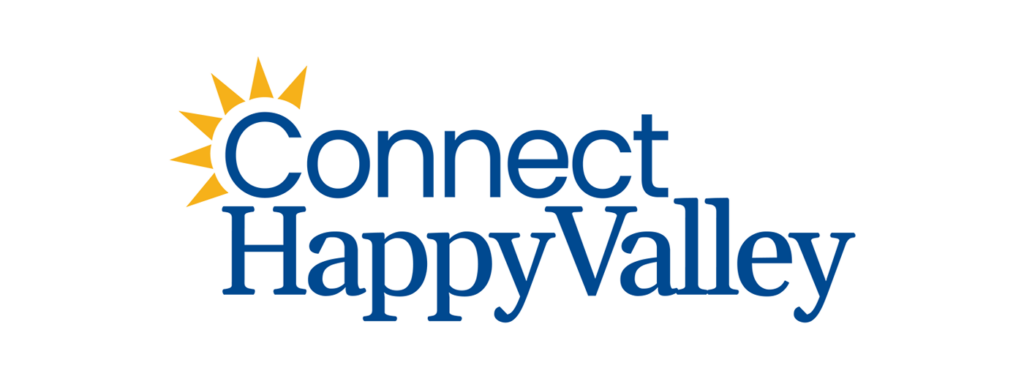
Why most ideas fail, and how Happy Valley businesses and nonprofits can win with clarity and customer truth
By L. Renie Johnson
Whether you’re launching a new product, rethinking your nonprofit strategy, or scaling operations, the road to success is paved with good intentions—and failed assumptions.
This feature is for every leader in Happy Valley who’s ever said:
“We’ve got a great idea, but it’s not gaining traction.”
Innovation expert Renie Johnson shares a refreshingly clear strategy for aligning your idea with real market demand and operational capacity. It’s not just about invention—it’s about building something that works. For your team. For your customer. And for the region.
If you’ve been spinning your wheels or making big moves without a clear feedback loop, this article is your recalibration moment.
Know What You Don’t Know: Innovation Begins with Humility and Alignment
After more than 30 years in innovation—working across global supply chains, R&D labs, manufacturing facilities, and strategy teams—here’s what I can say with confidence:
Innovation isn’t a stroke of genius. It’s a disciplined act of alignment.
It’s not enough to have a good idea or even a great product. If your operations aren’t ready, your market isn’t clear, or your internal strategy lacks focus, your innovation will stall. Or worse—it will launch and fall flat.
If you want to win in today’s complex, high-stakes environment—from Happy Valley to the global marketplace—you must start by admitting this:
You don’t know what you don’t know.
And that’s okay. Because innovation thrives not in certainty, but in curiosity paired with discipline.
The Innovation Disease: Voice of Self
In the hundreds of teams I’ve coached, the same barrier to innovation shows up time and time again: the Voice of Self.
That’s the internal voice that says:
- “I already know what the customer wants.”
- “We’re the experts—they’ll get it once they use it.”
- “This is how we’ve always done it.”
This voice feels familiar. But it’s rarely aligned with market reality.
When teams operate from the Voice of Self, they skip testing, ignore external signals, and assume others share their worldview. That’s how innovation dies—not with a crash, but with slow misalignment that compounds over time.
The Cure: Voice of the Customer
Instead, start with this mindset:
“I know I’m wrong. Tell me where.”
This opens the door to discovery. You begin to hear the Voice of the Customer—their frustrations, unmet needs, expectations, and definitions of success.
You stop projecting your assumptions onto the market and start co-creating solutions that are truly needed.
There are tools to help. Two of my favorites are:
- The Market House – A structured way to understand who’s buying, who’s benefiting, and who’s influencing the purchase.
- Quality Functional Deployment – A framework to translate customer needs into technical and operational priorities.
These tools reframe internal conversations. Suddenly, engineering, marketing, and operations are speaking the same language—because they’re grounded in customer truth.
Four-Point Alignment: The Innovation Compass
Every successful innovation effort I’ve been part of—whether in ceramics, glass, filters, or advanced materials—has depended on alignment across four core areas:
- Product – Are you building the right thing?
- Market – Are you reaching the right people with the right message?
- Operations – Can you deliver consistently, cost-effectively, and at scale?
- Business Case – Does it make financial sense to pursue now? Later? At all?
When any one of these is out of sync, even the best idea will struggle. Alignment isn’t a one-time event. It’s a repeatable practice.
Metrics Matter: Define Success Before You Start
Before committing to a new product, service, or pivot, ask:
- What metrics will tell us this is working?
- What risks are we managing?
- What capabilities do we need, especially in operations or supply chain, to make this real?
Too many organizations jump into development without defining success. That’s a recipe for rework and missed opportunity.
In my own career, I developed the Evidence-Based Manufacturing Strategy model specifically to address this. It helps teams clarify uncertainties, define trade-offs, and build operational readiness before major investments are made.
Innovation Is a System, Not a Silo
Innovation isn’t something a few people do in a lab. It’s a system—a way of thinking, measuring, testing, and evolving across departments.
- It lives in how you make decisions, not just in what you build.
- It’s in how you listen, not just in how you launch.
- It starts with humility, and it ends in alignment.
So, if you’re building a new product, expanding your non-profit, or scaling your team, remember this:
Start by asking better questions.
Don’t chase being right. Chase being aligned.
Final Thought: Be Curious, Be Bold, Be Aligned
Innovation isn’t about perfection. It’s about momentum, clarity, and learning in motion.
Fall in love with the problem, not your solution.
Define your success before you chase it.
And align your product, market, operations, and business case—again and again.
Because when you’re truly aligned, innovation isn’t just possible.
It becomes inevitable.
About the Author: L. (Renie) Johnson
Renie Johnson is an award-winning innovation strategist with over 30 years of experience leading global product development and operational alignment across sectors. She holds five U.S. patents and has developed proprietary frameworks like the Evidence-Based Manufacturing Strategy model, helping organizations align early-stage ideas with market demand and supply chain realities. A lifelong Penn Stater and local mentor, she brings a rare blend of technical insight, strategic thinking, and real-world execution.
Reach her at: reniej4@gmail.com






